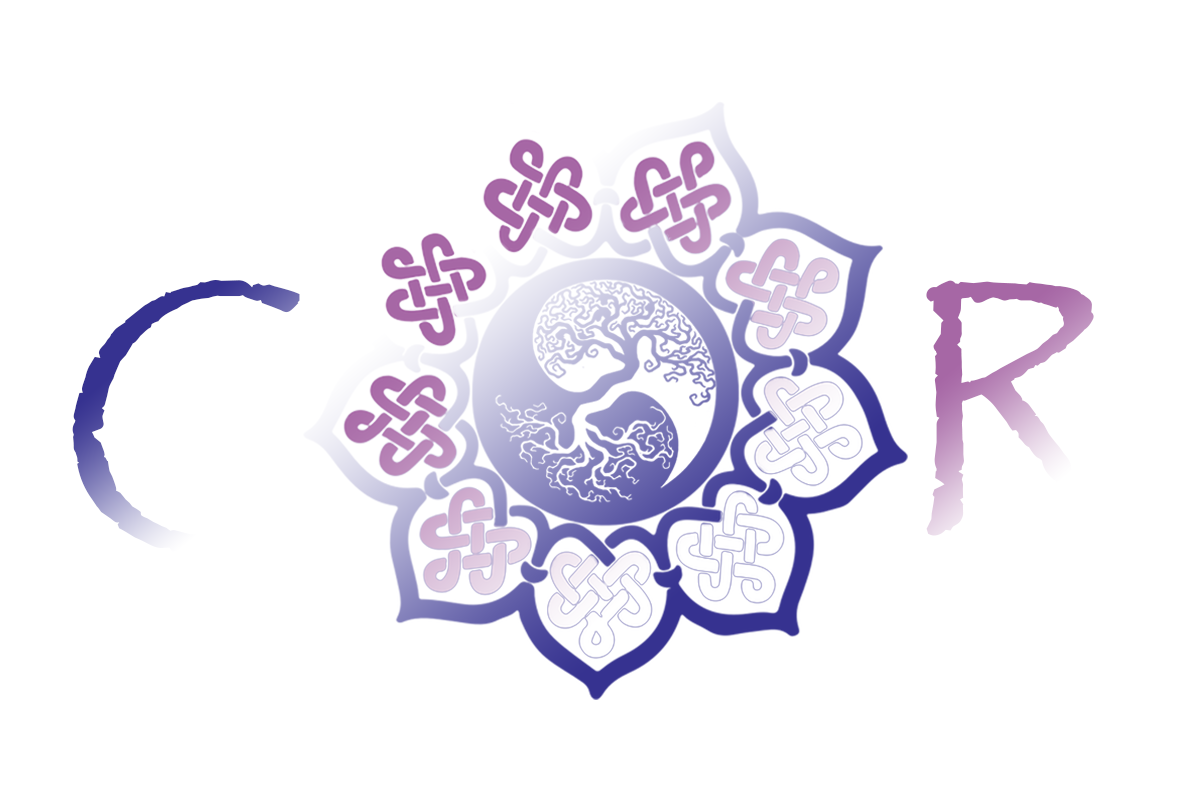Image Source: freepik.com
When numerous global civilizations fell 4,200 years ago, the Meghalayan Age started.
Are we in the modern era? The past 4,200 years have been renamed by geologists to the “Meghalayan Age.” This rebranding represents a paradigm shift in human history. The events of the past several thousand years can be better understood with the help of this new classification.
Periods, epochs, ages, and eras are the units of time used by geologists to describe Earth’s past. The present epoch is known as the Cenozoic, and it is subdivided into three distinct periods. Our current epoch, the Holocene, follows the preceding Pleistocene, which ended 11,700 years ago and is part of the more recent Quaternary period.
When the last ice age ended and glaciers began to melt, a new epoch was begun, the Holocene. During that period, people began farming, constructing cities, and sending rockets into orbit. Looking at the end of the Holocene from a human vantage point is entirely different from looking at the beginning. But has there been much change when looking at it from a geological standpoint?
The International Commission on Stratigraphy acknowledged major changes to Earth’s geography in their 2018 announcement. While the broader trend of warmer temperatures and receding glaciers holds just as true today as 11,700 years ago, there are other changes in the geologic record.
About 4,200 years ago, a catastrophic drought occurred, lasting for at least a century and leading to the downfall of civilizations all over the globe. The event marked the end of several civilizations: the Indus Valley Civilization in India, the Liangzhu in China, the Akkadian Empire in modern-day Iran and Iraq, and the Old Kingdom of pyramid-building in Egypt.
Rock records also bear witness to this drought’s impact on human civilization. The drought is reflected in the oxygen isotope changes observed in stalagmites in India, which indicate lower monsoon levels. Because the drought was so widespread, its record is visible in the rock layers, and its impacts on Earth’s biosphere are far-reaching and permanent, we can confidently call this a watershed moment in history.
The International Commission on Stratigraphy has identified other new epochs in addition to the Meghalayan. In addition, the period between 11,700 and 8,200 years ago is known as the Greenlandian and is considered the beginning of the Holocene. When the Earth’s surface temperature dropped suddenly due to glacial meltwater entering the North Atlantic, this epoch came to a close. Also, in the space between the Greenlandian and Meghalayan epochs is the relatively recent Northgrippan epoch.
Not all scientists think the new geologic ages are the greatest way to reclassify recent history, but they will certainly bring some order and clarity to an era defined by monumental change. One subset of geologists is currently attempting to define the Anthropocene, sometimes referred to as the “human era,” as the next major geological period following the Holocene.
“They’ve suddenly announced the Meghalayan and stuck it on the diagram,” said Mark Maslin, a geography professor, on BBC. “Who knew? It’s official; we’re in a new age.” Many of the recently proposed definitions run counter to the consensus among scientists regarding the Anthropocene epoch and the most significant planetary shift in the past 10,000 years.
The coexistence of the Anthropocene and the Meghalayan may, however, be conceivable. Plus, many brilliant minds are at a loss when trying to pin down exactly what the Anthropocene entails.
The outcome of this geologic debate is uncertain.
While the future remains uncertain, it is evident that defining the past is a challenging task.
If our work has made a positive impact on your life, we kindly ask for your support so we can continue our work. Thank you!
Now, you can follow Conscious Reminder on Facebook & Instagram!
∼If you like our article, give Conscious Reminder a thumbs up, and help us spread LOVE & LIGHT!∼
